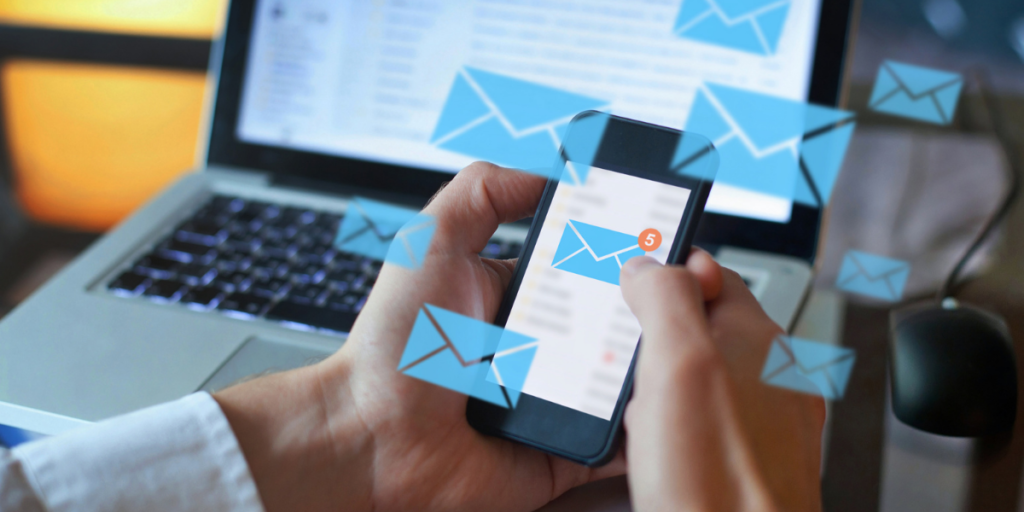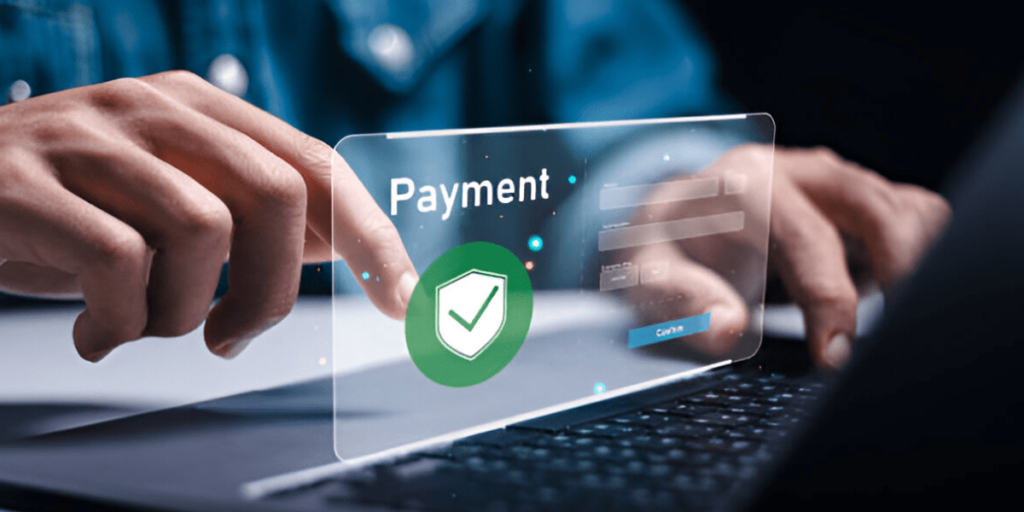Email marketing remains one of the most powerful and effective digital marketing tools available to businesses today. Despite the rise of social media and other communication channels, email continues to be a direct, personal, and measurable way to connect with your audience. To ensure that your email campaigns are successful and engaging, it’s essential to follow best practices that can increase open rates, click-through rates, and conversion rates. In this article, we explore key email marketing best practices that can help you get the most out of your email campaigns.
Build and Maintain a Quality Email List
The foundation of any successful email marketing campaign is a clean, engaged, and permission-based email list. Acquiring subscribers through legitimate and ethical methods—such as offering valuable content, incentives, or opt-ins—is crucial. Quality over quantity should be the goal when building your list. Always ensure that subscribers willingly opt-in, and avoid purchasing email lists, as this can harm your sender reputation and lead to high unsubscribe rates. Regularly clean your email list by removing inactive or bounced email addresses to maintain deliverability and engagement.
Craft Compelling Subject Lines
Your email’s subject line is the first thing recipients see, so it needs to grab their attention immediately. A well-crafted subject line is crucial to improving open rates, as it sets the tone for the entire email. Keep it concise, clear, and relevant to the content inside. Personalization, such as including the recipient’s name or referencing something specific to them, can make the subject line feel more tailored and engaging. A/B testing subject lines is a great way to find what resonates best with your audience and continuously refine your approach.
Personalize Your Emails
Personalization is no longer a luxury in email marketing—it’s an expectation. Generic emails can quickly be ignored or marked as spam, while personalized emails feel more relevant and meaningful. Use your email list data to segment your audience and send targeted content based on their interests, behaviors, or previous interactions with your brand. Personalization can range from including the recipient’s name in the greeting to recommending products or services based on past purchases. The more you personalize, the more likely you are to engage your audience and drive conversions.
Segment Your Audience
Audience segmentation is a powerful strategy that allows you to send more relevant and personalized content to different groups within your email list. Instead of sending one-size-fits-all emails, break your list into segments based on demographics, location, purchase history, engagement level, or other key factors. This ensures that each segment receives content that is tailored to their specific interests and needs, increasing the likelihood of engagement and conversions. Segmentation also helps reduce the risk of unsubscribes, as subscribers are more likely to stay engaged when they receive content that resonates with them.
Optimize for Mobile Devices
With over half of all email opens happening on mobile devices, optimizing your emails for mobile viewing is no longer optional. If your emails aren’t mobile-friendly, you risk frustrating subscribers and driving them away. Ensure that your emails are designed with responsive layouts, meaning they automatically adjust to fit different screen sizes. Keep your copy concise and use large, easy-to-click buttons for calls to action. Testing your emails on multiple devices and screen sizes before sending is a crucial step to guarantee they look great on all platforms.
Create Engaging Content

The content of your email is just as important as the subject line. To keep your audience engaged and interested, your emails should deliver value. Whether it’s an exclusive offer, a helpful tip, or insightful content, ensure that what you’re offering is relevant and useful to your audience. Keep your messaging clear and focused, and make sure that your calls to action (CTAs) are easy to understand and act upon. Use a mix of visuals and text to create an attractive layout, but don’t overcrowd the email—balance is key. If your content is engaging and valuable, readers will be more likely to act on your offer.
Include Clear Calls to Action
A successful email campaign often boils down to a clear and compelling call to action (CTA). Each email should have a defined goal, whether it’s directing readers to a product page, encouraging them to register for an event, or prompting them to download a resource. Your CTA should stand out and be easy to find—ideally, it should be placed above the fold, where readers don’t have to scroll. Use action-oriented language, like “Shop Now,” “Get Started,” or “Learn More,” and create a sense of urgency or exclusivity to prompt recipients to take immediate action.
Test and Optimize Campaigns
Email marketing is an ongoing process of testing and optimization. Running A/B tests on subject lines, content, CTAs, and send times can reveal what resonates most with your audience. Make data-driven decisions based on your results, and continuously refine your approach to improve performance. Tools like heatmaps and click tracking can provide insights into how recipients are interacting with your emails, helping you identify areas for improvement. Over time, this will allow you to create highly effective, tailored campaigns that maximize engagement and ROI.
Respect Privacy and Use a Clear Unsubscribe Option
Respecting your subscribers’ privacy and providing an easy way for them to opt out of future emails is essential for building trust and complying with regulations like GDPR and CAN-SPAM. Always include a clear and visible unsubscribe option at the bottom of your emails. Not only is this a legal requirement, but it also helps to maintain a healthy email list by ensuring that only interested recipients remain. If someone unsubscribes, honor their request promptly and avoid re-engaging them unless they explicitly opt-in again. A clean list filled with engaged subscribers is key to better deliverability and improved email performance.
Analyze Metrics and Adjust Strategies
After sending an email campaign, it’s important to analyze key metrics to measure its success and identify areas for improvement. Open rates, click-through rates (CTR), conversion rates, bounce rates, and unsubscribe rates all provide valuable insights into how well your email performed. Low open rates might indicate issues with subject lines, while a high bounce rate could suggest list quality problems. By continuously tracking and analyzing these metrics, you can adjust your strategies accordingly and improve future campaigns. Staying on top of your performance allows you to optimize your emails and achieve better results over time.
Avoid Spam Triggers
One of the biggest challenges in email marketing is ensuring that your emails make it to the recipient’s inbox instead of being marked as spam. To avoid this, make sure your emails are well-designed, have clean HTML, and contain no suspicious links or excessive use of promotional language (e.g., “Buy now!” or “Free!”). Additionally, always include a clear and accurate subject line, and avoid using too many images or attachments, which can raise red flags for spam filters. Following best practices for spam prevention will help you maintain a good sender reputation and improve deliverability.
Maintain Consistency in Branding and Messaging
Consistency in branding and messaging across all of your email campaigns is crucial for building brand recognition and trust. Use your company’s logo, color scheme, and tone of voice consistently in all emails to ensure that they reflect your brand’s identity. This not only strengthens your brand image but also creates a more cohesive and professional experience for your subscribers. Whether your emails are promotional, educational, or informational, maintaining a consistent and recognizable brand presence will help your audience feel more connected to your business.
Leverage Automation for Efficiency
Email automation can greatly enhance the effectiveness of your campaigns while saving time and effort. Automated emails, such as welcome series, abandoned cart reminders, or post-purchase follow-ups, can be triggered based on specific actions or timeframes. This ensures that your audience receives timely, relevant content without requiring manual effort. Automation helps streamline workflows, maintain engagement, and provide a more personalized experience for your subscribers. By integrating automation into your strategy, you can nurture leads and maintain consistent communication with your audience at scale.
Conclusion
Email marketing, when done right, can be an incredibly effective tool for businesses looking to build relationships, drive sales, and increase customer loyalty. By adhering to these best practices—such as building a quality list, crafting compelling content, personalizing your emails, and analyzing performance—you can create email campaigns that resonate with your audience and achieve measurable results. With ongoing optimization and attention to detail, email marketing can continue to be one of the most valuable channels in your marketing toolkit.
















